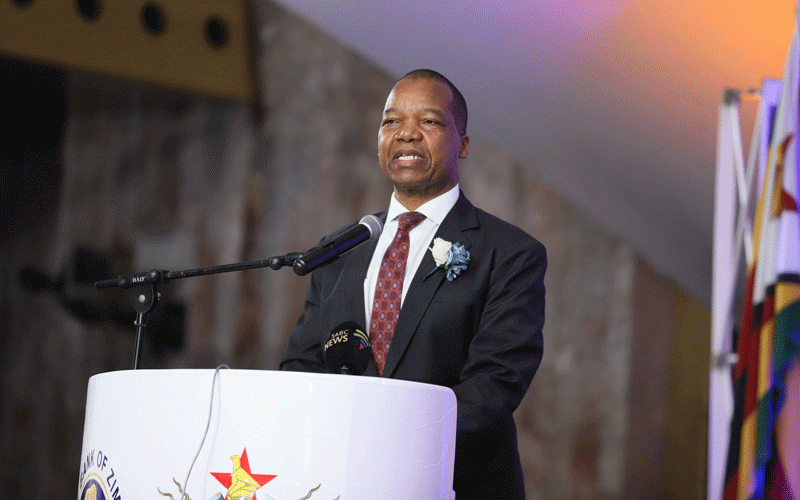
Reserve Bank of Zimbabwe (RBZ) governor John Mangudya will soon deliver his final Monetary Policy Statement as he makes a bow with his 10-year tenure coming to an end on April 30.
The seasoned banker ascended to the throne on May 1, 2014, with the mantra back to basics as he sought to return the central bank to its core business.
This was after the apex bank had its hands burnt for engaging in quasi-fiscal activities in what authorities at the time said were extraordinary measures for an extraordinary situation.
However, the central bank stands accused of engaging in quasi-fiscal activities with the International Monetary Fund (IMF) urging Harare to urgently transfer RBZ’s external liabilities related to the quasi-fiscal operations to Treasury. This includes long-term loans, short-term liabilities and the “blocked funds”. The transfer, the IMF said, would be a key step in bringing stability.
Mangudya’s final Monetary Policy Statement comes on the back of a sharp depreciation of the Zimdollar amid heightened calls for the redollarisation of the economy.
The local currency has depreciated by 95% on the official market from the beginning of December and the gap between the official and parallel markets is widening by the day.
Authorities, however, say they are working on a structured currency in which the exchange rate will be backed by a hard asset such as gold.
The details of the structured currency will be contained in Mangudya’s final Monetary Policy Statement.
- Village Rhapsody: How Zimbabwe can improve governance
- Village Rhapsody: Engage men to end gender-based violence
- Village Rhapsody: How Zimbabwe can improve governance
- Zim maize output to drops by 43%
Keep Reading
Mangudya is an advocate for a local currency and has rolled out several measures to defend the Zimdollar such as the introduction of gold coins and gold-backed digital tokens to mop up excess local currency balances. He has also hiked the bank’s policy rate to stem speculative borrowing, accused of financing the rout of the local currency on the parallel market. At one time, the bank policy rate was 200%, the highest in the world. The rate has come down to 130% which is still high and discourages lending, one of banks’ financial intermediary roles.
Last month, annual inflation spiked to 34% from 26,5% in December which effectively means there will be room for another rate increase to curb the tide of the inflation spiral.
Reforms on the forex market have been half-hearted and have failed to stabilise the exchange rate. Instead, they have created rent-seeking behaviour.
The auction system has failed, and it is time for it to go.
In its statement after the Article IV mission on Zimbabwe, IMF urged Zimbabwe to accelerate forex market reforms by promoting a more transparent and market-driven price discovery in the official exchange rate and by removing existing exchange restrictions and distortions.
“In particular, the restriction on the 10% allowable trading margin for pricing domestic transactions should be eliminated. The FX market reform should be accompanied by establishing an effective framework for exchange rate and monetary policies,” IMF said last week.
As Mangudya makes his final bow, he has a choice to make, either bite the bullet and come up with credible reforms that stabilise the exchange rate or adopt the business-as-usual approach and come up with half-hearted measures. Posterity will be the best judge.







